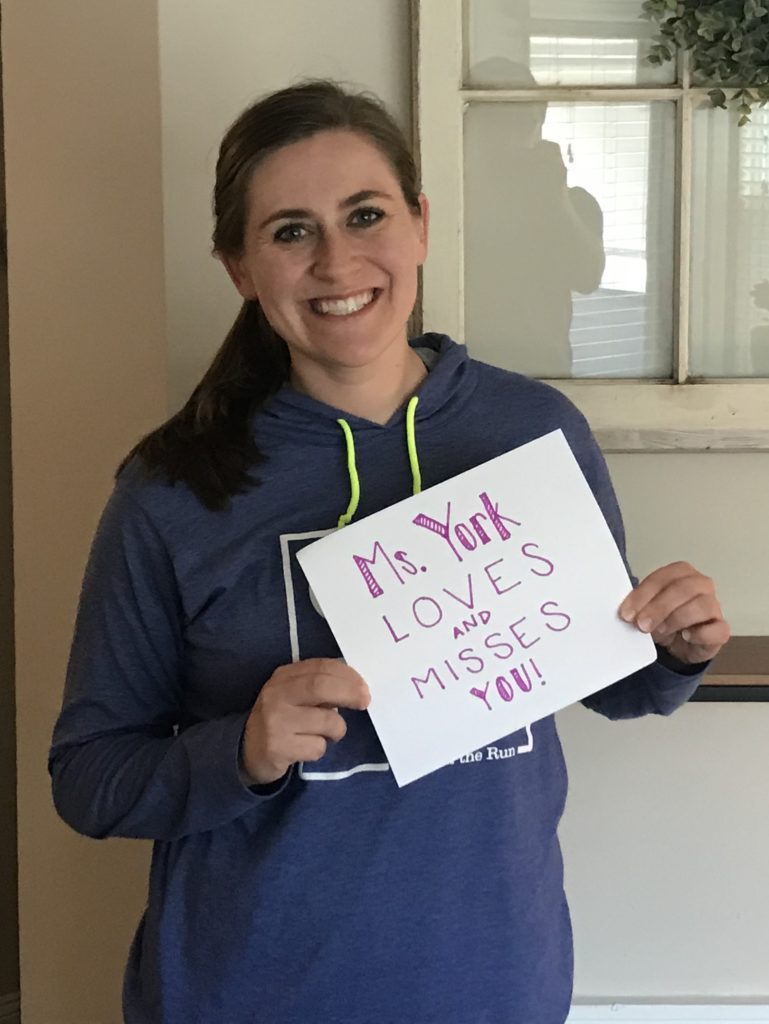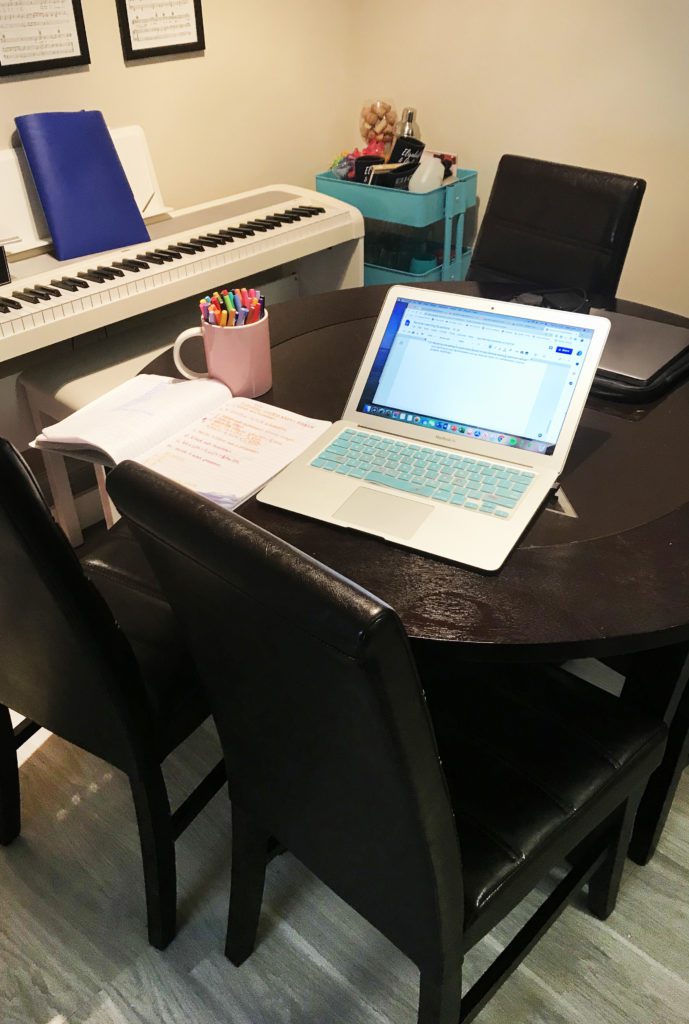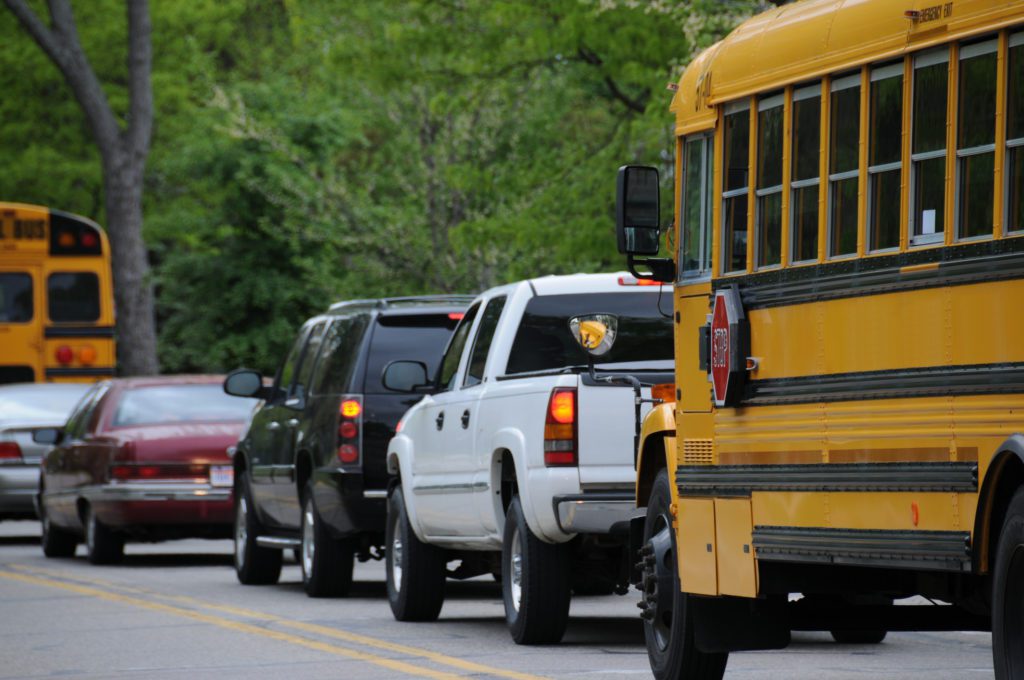A guide to Remote Learning
Governor Kemp has declared that all K-12 schools will be closed for the remainder of the school year as a part of Georgia’s statewide COVID-19 response.
With school closures across the state, K-12 schools, as well as colleges and universities statewide have moved to remote learning. However, remote learning is new to teachers and families alike. So, we’ve worked to compile some tips, from digital resources for teachers to meal distribution information for students, to help everyone make the adjustment just a little bit easier.
Read our Resources for Teachers
Read our Resources for Families
RESOURCES FOR TEACHERS
Virtual Platforms for Remote Learning
We recognize that not all students have consistent access to technology or internet. However, technology can be a great tool for staying connected with your students and can be an important point of connection with families. Here are some online resources that teachers in the metro Atlanta region are using to stay connected and keep students on track:
- Seesaw is a free remote learning platform that allows students to upload assignments. They provide everything from email templates to families to at-home learning ideas that don’t require tech.
- Google Classroom is free for schools who use the Google Suite. It allows teachers to do everything from providing course materials to chatting with students.
- Edpuzzle is a free service that allows teachers to source or create lesson videos to share with their students. You can access Youtube or Khan Academy videos or create and edit your own!
- Microsoft Teams can be a great tool for schools that use the Microsoft Suite. You can share assignments, chat with students, and lead video instructions with the entire class or one-on-one. You can also record your live lessons so that students can revisit them later!
- Zoom is a free video chatting service that can help you lead live classes with your students, and it doesn’t require a login. Don’t forget to check out their best practices for securing your virtual classroom!
- Padlet is an online board where you can attach assignments, link to Youtube Videos, and set goals for the week.
- Youtube can be a great tool for teachers who want to share pre-recorded lessons with their students and families. You can set your videos to private and choose to share them directly with students.
- Class Dojo is a free online tool that helps teachers stay connected with students and families. Assign work, send messages to families, receive student submissions, and more!
- Canvas is a robust online platform that allows teachers to upload assignments, lessons, videos, and more. If your school uses Canvas, students can upload their work directly to the platform, where teachers can provide grades and feedback directly on the site.
Tips for Managing Your Remote Classroom
- Create assignments and use platforms that can be easily accessed or completed from handheld devices. While many students may be using laptops to complete their work, others may be relying more on tablets or smart phones.
- Consider using a platform that facilitates communication with families whose first language is not English. For example, Class Dojo lets you send messages to families and translates within the app so that families and teachers can communicate with greater ease.
- Demonstrate labs or experiments on a video call rather than requiring students do them at home. While hands on experiences are fun and educational, asking students to use resources, especially food resources, they have at home may place additional burden on their family.
- Spend video call time working through assignments together. Students have a lot on their plates right now. It might be helpful to work on assignments together to facilitate understanding and give students a chance to interact with one another.
- Record your video lessons. If you are hosting classes live via a video platform, consider recording the lesson. Whether you choose to distribute it to students or not, it could be helpful to be able to look back and the information you covered and what questions students may have had.
- Help your fellow teachers become more technologically literate. Some teachers may not be as adept at using technology to connect with their students remotely. If you are more familiar, consider offering help sessions with other teachers to get them familiarized with the platforms. One idea is for departments or grade levels to share a Google Doc where teachers could list specific skills they may have – proficiency with Zoom or Microsoft Teams, for example – and other teachers in the group could then follow up if they need help with that skill.
- Coordinate with other teachers. Students who have multiple teachers may have completely different platforms and protocols for each remote class they are taking. Consider a grade or school-wide coordination effort to help streamline learning for students.
- Dedicate some virtual time to check-ins and socialization. Whether it’s your principal reading a story to your kids or hosting a virtual pep rally, set aside some time to keep students’ spirits high and give them some space to socialize.
BACK TO TOP
RESOURCES FOR FAMILIES
Tips for supporting your students during remote learning:
- Encourage your student to advocate for themselves. Physical separation from teachers paired with families spread thin keeping it all together means it could be harder for families or teachers to know if students are struggling academically. Now is a great time to encourage your student to speak up and reach out if they need help.
- Give your student the space they need to complete their work. Everyone is working hard to take care of their families right now. However, for some students this means taking on more of the household responsibilities, especially those who have younger siblings who they may be helping with their coursework. Check in with these students and make sure that they have time and space to get their work done, too.
- Be in contact with your student’s teacher(s) and ask for help if you need it. The better the communication, the more you will understand the expectations for your students during remote learning.
- Remind your student to be patient with their teacher(s) and respect their time. This is a period of learning for everyone, and teachers are working to manage their classrooms remotely to the best of their ability. Try to be conscious of the constraints the teachers may have in their own lives and respect their office hours when they set them.
- Remember that teachers are not IT specialists. Technical aspects of remote learning may cause hiccups when your student is completing their work – from slow internet connect to forgotten login credentials. When you can, help your student troubleshoot these issues and encourage them to write down passwords if they have trouble remembering them.
- Make some time for your kids to stay active. Some physical education classes may be providing resources to schools, but it could be as easy as playing a game together.
If you are dealing with food insecurity:
Schools around Metro Atlanta have resources to help
provide breakfast and lunch to students. Check out the food distribution
options that are available in your area:
- Atlanta Public Schools
- Barrow County Schools
- Bartow County Schools
- Carroll County Schools
- Cherokee County Schools
- Clayton County Schools
- Coweta County Schools
- Cobb County Schools
- DeKalb County Schools
- Douglas County Schools
- Fayette County Schools
- Forsyth County Schools
- Fulton County Schools
- Gwinnett County Schools
- Hall County Schools
- Henry County Schools
- Newton County Schools
- Paulding County Schools
- Rockdale County Schools
- Spalding County Schools
- Walton County Schools
If you need internet access:
Comcast is offering two free months of internet for people who sign up before April 30, 2020 through their internet essentials program. To find out if you qualify and how to sign up, visit their website here.
If you need additional devices:
Schools across the region are providing laptops and other devices to help students complete their remote learning work. Contact your student’s school to see if this option is available for them.
Note that some schools are only providing devices to families who say they need them. Check with your student’s teacher(s) to see what type of device they recommend for your student. Relying on devices such as smart phones or tablets may not be as conducive to their work requirements and you may want to work on securing a laptop when they school distributes them.
BACK TO TOP
This blog is part of a series that provides tips on adjusting to telework from professionals in fields that don’t traditionally work from home. If you are working in a traditionally non-teleworking profession and have made the change to working from home, we want to hear from you! Email us at ohaas@atlantaregional.org.







